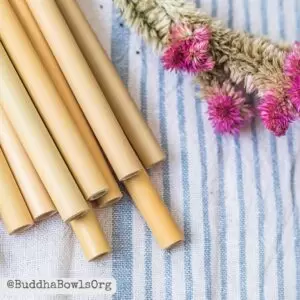A fascinating look at the evolution of toothbrushes through the ages.
From ancient tools to modern bamboo designs, toothbrushes have a rich history. Discover how they have evolved over time.
The History of Toothbrushes
Have you ever stopped to think about the humble toothbrush? That little tool sitting in your bathroom might seem ordinary, but it has a fascinating history stretching back thousands of years. From twigs to high-tech electric brushes, the evolution of the toothbrush is a testament to humanity’s creativity and dedication to oral hygiene. Let’s take a journey through time to uncover how this essential item came to be.
Ancient Beginnings
Long before the modern toothbrush, people were already concerned about keeping their teeth clean. Around 3000 BCE, ancient civilizations like the Babylonians and Egyptians used “chew sticks” to clean their teeth. These were small twigs with frayed ends that acted as natural brushes. People would chew on one end until it became soft and fibrous, then use it to scrub their teeth. Amazingly, some cultures still use chew sticks today for their natural antibacterial properties!
Meanwhile, in ancient China around 1600 BCE, people were using aromatic twigs from trees like the neem or miswak to freshen their breath while cleaning their teeth. These sticks not only served as cleaning tools but also had medicinal properties that helped maintain oral health.
The First Bristle Toothbrush
Fast forward to the Tang Dynasty in China (around 7th century CE), and we see the invention of something closer to the toothbrush we know today. The Chinese created brushes using bamboo or bone handles with coarse hog bristles attached to one end. These bristles, taken from the necks of Siberian hogs, were stiff and effective for scrubbing teeth.
This early bristle toothbrush eventually made its way to Europe in the 17th century, but it wasn’t an instant hit. Europeans found the hog bristles too firm and often opted for softer alternatives like horsehair. While these early brushes were effective, they were far from perfect—imagine how uncomfortable those stiff bristles must have been!
The Birth of the Modern Toothbrush
The toothbrush as we know it began taking shape in 1780 when an Englishman named William Addis created the first mass-produced toothbrush. While in prison, Addis used a bone handle and drilled holes into it to hold tufts of bristles, which he secured with glue. After his release, he began manufacturing toothbrushes on a larger scale, and his design became widely popular.
By the 19th century, toothbrushes were being mass-produced in Europe and the United States. Handles were typically made from bone, wood, or ivory, while animal hair remained the go-to material for bristles. It wasn’t until the invention of nylon in 1938 that synthetic bristles replaced animal hair. Nylon bristles were softer, more hygienic, and longer-lasting—revolutionizing oral care forever.
Electric Toothbrushes Enter the Scene
The next big leap in toothbrush technology came in 1954 when the first electric toothbrush was introduced in Switzerland. This innovation provided a more efficient way to clean teeth, especially for people with limited dexterity or orthodontic devices like braces. Over time, electric toothbrushes became more advanced, incorporating features like timers, pressure sensors, and even Bluetooth connectivity to track brushing habits.
Today’s electric toothbrushes are marvels of technology. Some models use sonic vibrations to remove plaque more effectively, while others offer personalized brushing modes for sensitive teeth or gum care. Who would have thought that something as simple as brushing your teeth could become so high-tech?
Fun Facts About Toothbrushes
- Toothbrushes in Space: Astronauts take specially designed toothbrushes into space to maintain oral hygiene in zero gravity!
- The Most Popular Color: Surveys show that blue is the most popular toothbrush color, followed closely by red.
- A Toothbrush Revolution: The average person uses about 300 toothbrushes in their lifetime—talk about dedication to dental health!
The Future of Toothbrushes
As technology continues to advance, so too will toothbrushes. From AI-powered brushes that give real-time feedback on your brushing technique to biodegradable options designed with sustainability in mind, the future of oral care looks bright.
One thing is certain: no matter how much toothbrushes evolve, their mission remains the same—helping us maintain healthy smiles! So next time you pick up your toothbrush, take a moment to appreciate its long and fascinating journey through history. After all, it’s more than just a tool—it’s a testament to our commitment to self-care and innovation.
Happy brushing!



